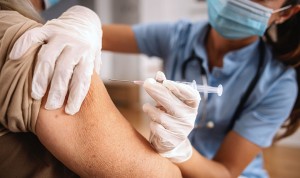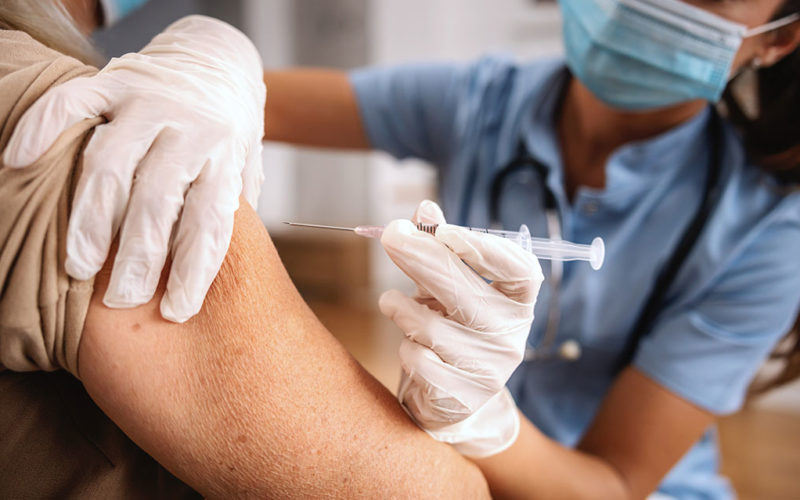
Masters, Mates & Pilots, but the transient nature of the profession makes inoculation at the state level “very difficult logistically.”
As millions of Americans receive their COVID-19 vaccines, there is a vital group of workers who are still not being given priority: mariners.
Because the vaccines are being administered by state governments, there is no mechanism nationally to put mariners at the front of the line, even though they are crucial in delivering essential goods across the country.
As of mid-March, efforts by the Defense Department, the Maritime Administration (MarAd), the Coast Guard and the Centers for Disease Control and Prevention (CDC) had not produced a plan to administer vaccines to mariners.
“The vast number of merchant mariners are, at this point, falling through the cracks, and it looks like it’s going to continue that way absent something dramatic,” said Don Marcus, president of the International Organization of Masters, Mates & Pilots (MM&P). Between 12,000 and 14,000 U.S. mariners need to be prioritized for the vaccines, he said.
Several maritime unions have reached out to state governments with no result. “Mariners are exposed every day on the dangerous front lines, moving cargo and (delivering) things like food, energy and medical supplies so fundamental to the health of California and the nation,” wrote Dave Connolly, president of the Sailors’ Union of the Pacific, in a letter to California Gov. Gavin Newsom. “Many agency experts recognized the early priority of merchant mariners due to the key logistical nature of their work. Mariners are easily identified by merchant mariner credential (and are) accustomed to inoculations, and vaccinating would cost little effort or vaccine.”
“Our numbers are not great, but we play an outsized role in maintaining the economic and military security of our nation,” stated a letter to the National Governors Association signed by eight leaders of U.S. maritime unions.
But receiving vaccines at the state level is often not practical for mariners. “Our mariners are transient for the most part,” Marcus said. “They are transient when they are working and transient when they are coming to and from their workplace. It’s very difficult logistically if we had access to vaccines, but we simply don’t at this point. We’re trying to get more traction, but right now it remains a work in progress.”
In Canada, mariners are considered essential workers and are being prioritized for vaccines. “Canadian mariners stand to be vaccinated in a second phase of the vaccine rollout, expected to begin in April,” said Stuart Neil, communications director for the International Chamber of Shipping.
Essential workers such as health-care professionals and at-risk populations are being prioritized worldwide for COVID vaccines, which is understandable, Neil said. “We are not calling for seafarers to jump ahead of this queue, but rather to add seafarers to the internationally recognized list of key workers,” he said.
As more vaccination protocols go into place, failure to prioritize mariners could have far-reaching consequences. “If mariners cannot fly out to join ships without having been vaccinated, this could seriously jeopardize the sustainability of worldwide supply chains and the well-being of mariners,” Neil said.
Although the U.S. government has told state governments that mariners are critical workers, it can only advise the states regarding vaccines. “The department has reached out to officials in key states to ask that mariners get maximum priority for vaccines,” a MarAd representative said.
Marcus said the worst COVID outbreaks have been at shipyards. “The most exposures we have seen are from shipyard workers and vendors coming on board without proper precautions and then the ship gets infected,” he said. “And we’ve had four fatalities with our union on the inland side, mostly aboard vessels in New York Harbor.”

